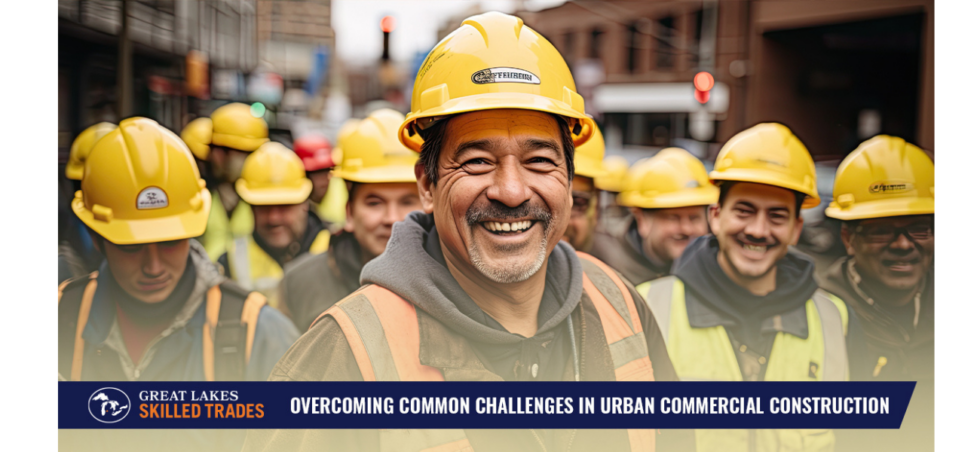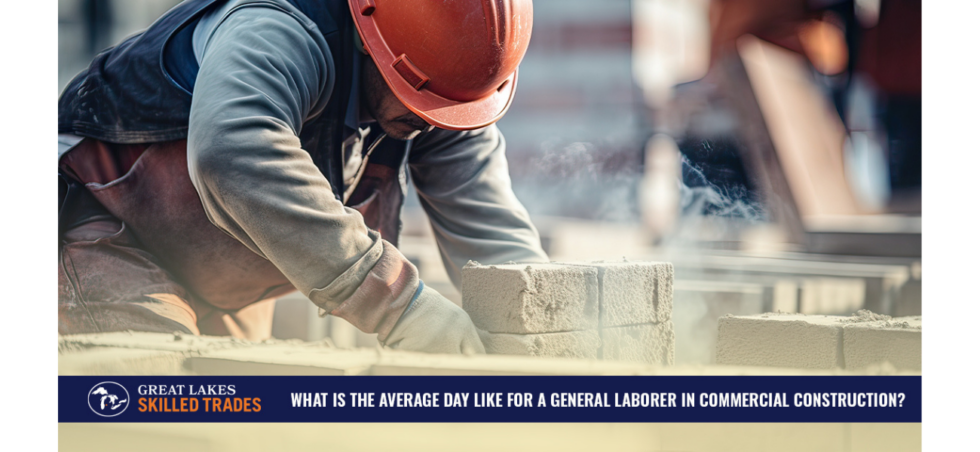If you’re looking for a new career in the skilled trades, you might have come across job postings for pipe fitters. But what exactly is a pipe fitter, and what do they do all day? Here is what you should know.
What Is a Pipe Fitter?
A pipe fitter is sort of like a plumber. But instead of working on small residential or commercial pipes, pipe fitters work on large, high-pressure industrial systems. Pipefitters may work in refineries, energy plants, or large factories. Some pipefitters work with highly complex systems of specialized pipes, requiring expert-level skills and knowledge.
What Should I Expect Day to Day?
Pipefitters can expect a lot of variety in their daily tasks. You might visit multiple sites throughout the course of a day, each with unique needs. The basics of the job consist of installing and maintaining pipes. But specific tasks vary from reading blueprints to working with a variety of cutting and shaping tools to testing systems and making needed repairs.
Is Pipe Fitting For Me?
This can be a great position for someone who is methodical, comfortable with frequently changing work locations and conditions, and good at solving puzzles. You’ll need a fair amount of physical strength, as well as the ability to work both inside and outside in all kinds of weather. You will need good communication skills to explain any issues you find, as well as critical thinking and the ability to stay calm under pressure. In exchange, you can make a very good living in a role that is always in high demand.
Qualifications
The requirements to become a pipe fitter vary by state and locality. You may need to go to a trade school or complete an apprenticeship. You might need a license and/or various types of certifications either to become a pipe fitter in your area or to work on specific types of projects. Read the job description carefully to find out what is required for a specific position.
Ready for a New Skilled Trade Position?
At Great Lakes Skilled Trades, we specialize in connecting professionals in the skilled trades with contractors who need their services throughout the Great Lakes region. If you’re a skilled trade worker looking for your next position, check out our
available jobs today!









